The Orbit of Ulysses

Ulysses was launched in October 1990. Ulysses was launched from the STS-41 mission of the space shuttle Discovery. Two Inertial Upper Stages (IUS) and a mission-specific Payload Assist Module (PAM) combined together to send Ulysses toward its out-of-ecliptic trajectory. To reach this out-of-ecliptic trajectory, Ulysses was sent out to the planet Jupiter, whose immense gravity was used to deflect the spacecraft in a slingshot fashion into a highly inclined orbit (80 degrees inclined to the ecliptic). The spacecraft reached the Sun's south pole in June 1994. Ulysses continued its orbit around the Sun reaching the north pole in June 1995. Ulysses has now embarked on its second orbit of the Sun. The spacecraft will make polar passes in the years 2000 and 2001. Ulysses' out-of-ecliptic orbit has a period of 6.2 years, approximately half of a solar cycle.
The Ulysses mission is presently approved to continue operating and collecting data through December 2001. With the approval of NASA and ESA, operations may be extended for several more years.
You might also be interested in:
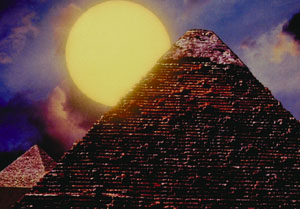
There is a solar eclipse coming to a movie theater near you! Actually, this is better than a theater! This is the real thing! There will be a total solar eclipse on February 26th. The total eclipse will
...more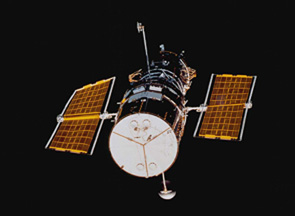
The Hubble Space Telescope (HST) was one of the most important exploration tools of the past two decades, and will continue to serve as a great resource well into the new millennium. The HST found numerous
...more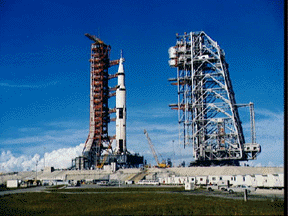
Driven by a recent surge in space research, the Apollo program hoped to add to the accomplishments of the Lunar Orbiter and Surveyor missions of the late 1960's. Apollo 11 was the name of the first mission
...more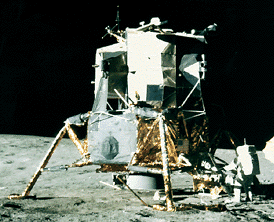
Apollo 12 was launched on Nov. 14, 1969, surviving a lightning strike which temporarily shut down many systems, and arrived at the Moon three days later. Astronauts Charles Conrad and Alan Bean descended
...more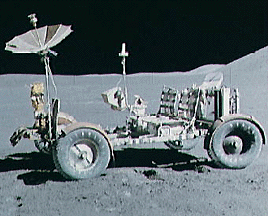
Apollo 15 marked the start of a new series of missions from the Apollo space program, each capable of exploring more lunar terrain than ever before. Launched on July 26, 1971, Apollo 15 reached the Moon
...more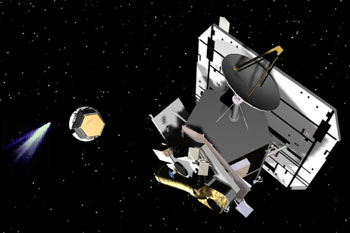
NASA chose Deep Impact to be part of a special series called the Discovery Program on July 7, 1999. The Discovery program specializes in low-cost, scientific projects. In May 2001, Deep Impact was given
...more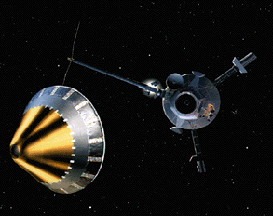
The Galileo spacecraft was launched on October 19, 1989. Galileo had two parts: an orbiter and a descent probe that parachuted into Jupiter's atmosphere. Galileo's main mission was to explore Jupiter and
...more















